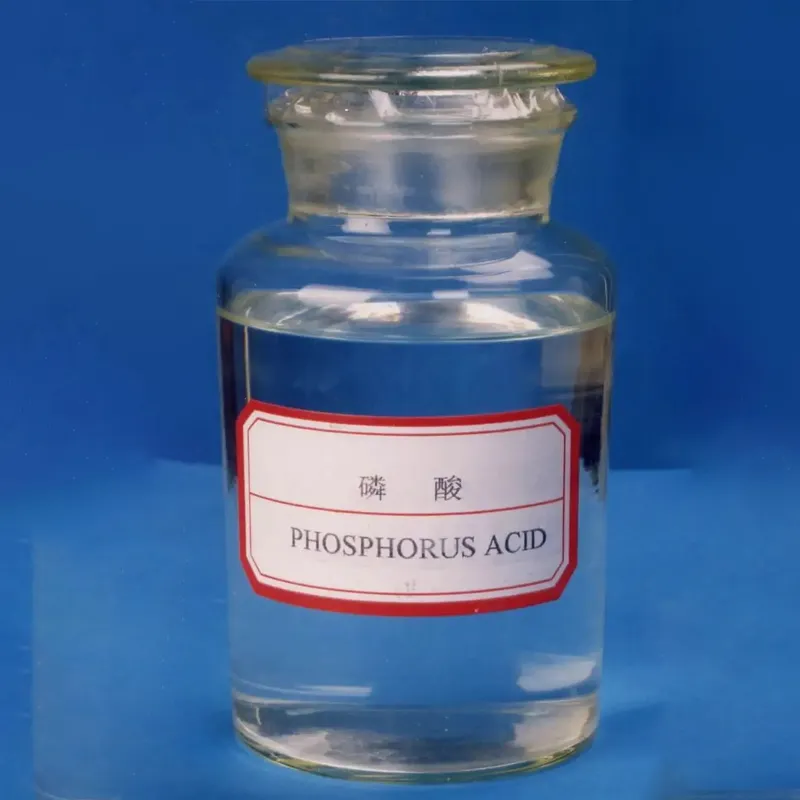
sorbic acid as preservative
Sorbic Acid as a Preservative An Overview
Sorbic acid, a compound derived from the berries of the genus Sorbus, has emerged as a widely-used food preservative, known for its effectiveness in inhibiting the growth of various molds, yeast, and some bacteria. This compound, with the chemical formula C6H8O2, is particularly favored in the food industry due to its low toxicity and high efficacy, making it an essential ingredient in many processed foods.
One of the primary reasons sorbic acid is favored as a preservative is its ability to extend the shelf life of food products while maintaining their safety and quality. By preventing spoilage from unwanted microbial growth, sorbic acid helps in preserving the visual appeal, flavor, and nutritional value of food. This is particularly crucial in products like cheeses, baked goods, and beverages, where mold and yeast can significantly deteriorate quality within a short period.
Sorbic Acid as a Preservative An Overview
In addition to its function as a preservative, sorbic acid is appreciated for its broad pH range of effectiveness, functioning in both acidic and neutral environments. This versatility allows it to be used in a wide array of food products, including dairy, snacks, dressings, and even some alcoholic beverages. Furthermore, sorbic acid is recognized by various health authorities, including the Food and Drug Administration (FDA) and the European Food Safety Authority (EFSA), as generally recognized as safe (GRAS) when used within established limits.
sorbic acid as preservative

Despite its many advantages, the use of sorbic acid has not been without controversy. Some concerns arise regarding its potential impact on human health, particularly with long-term exposure or excessive consumption. While most studies indicate that sorbic acid is safe in the concentrations typically used in food, there have been isolated reports of allergic reactions in sensitive individuals. Additionally, some debates continue over its potential role in the development of certain health issues, although these claims require further scientific investigation.
Another area of concern is the effectiveness of sorbic acid against certain strains of microorganisms that can be resistant. As food safety regulations tighten and consumer preferences shift towards more natural products, manufacturers are increasingly seeking alternatives to synthetic preservatives, including sorbic acid. This trend has stimulated research into natural preservatives derived from herbs, spices, and other plant sources, which may offer similar antimicrobial properties without the need for chemical additives.
Moreover, as consumers become more health-conscious and aware of food ingredients, there is a growing demand for transparency. Food manufacturers are responding by reformulating products to reduce artificial ingredients, leading some to consider the complete elimination of preservatives like sorbic acid in favor of more natural options.
In conclusion, sorbic acid remains a crucial component in the preservation of various food products, balancing safety, efficacy, and cost-effectiveness. While its safety is generally accepted within recommended limits, the evolving landscape of food production and consumer preferences continues to influence its use. As the industry adapts to these changes, future developments may integrate traditional preservation methods with contemporary techniques to meet consumer demands while ensuring food safety.
-
Pure Sodium Dichloroisocyanurate Dihydrate | Powerful DisinfectantNewsAug.29,2025
-
Industrial Chemicals: Quality & Purity for Every IndustryNewsAug.28,2025
-
Nitrile Rubber Honoring Strict Production StandardsNewsAug.22,2025
-
Aspartame Ingredients Honoring Food Safety ValuesNewsAug.22,2025
-
Fertilizer for Balanced Plant NutritionNewsAug.22,2025
-
Cyanide Gold Processing with High Purity AdditivesNewsAug.22,2025
-
Formic Acid in Textile Dyeing ApplicationsNewsAug.22,2025
Hebei Tenger Chemical Technology Co., Ltd. focuses on the chemical industry and is committed to the export service of chemical raw materials.
-

view more DiethanolisopropanolamineIn the ever-growing field of chemical solutions, diethanolisopropanolamine (DEIPA) stands out as a versatile and important compound. Due to its unique chemical structure and properties, DEIPA is of interest to various industries including construction, personal care, and agriculture. -

view more TriisopropanolamineTriisopropanolamine (TIPA) alkanol amine substance, is a kind of alcohol amine compound with amino and alcohol hydroxyl, and because of its molecules contains both amino and hydroxyl. -

view more Tetramethyl Thiuram DisulfideTetramethyl thiuram disulfide, also known as TMTD, is a white to light-yellow powder with a distinct sulfur-like odor. It is soluble in organic solvents such as benzene, acetone, and ethyl acetate, making it highly versatile for use in different formulations. TMTD is known for its excellent vulcanization acceleration properties, which makes it a key ingredient in the production of rubber products. Additionally, it acts as an effective fungicide and bactericide, making it valuable in agricultural applications. Its high purity and stability ensure consistent performance, making it a preferred choice for manufacturers across various industries.





